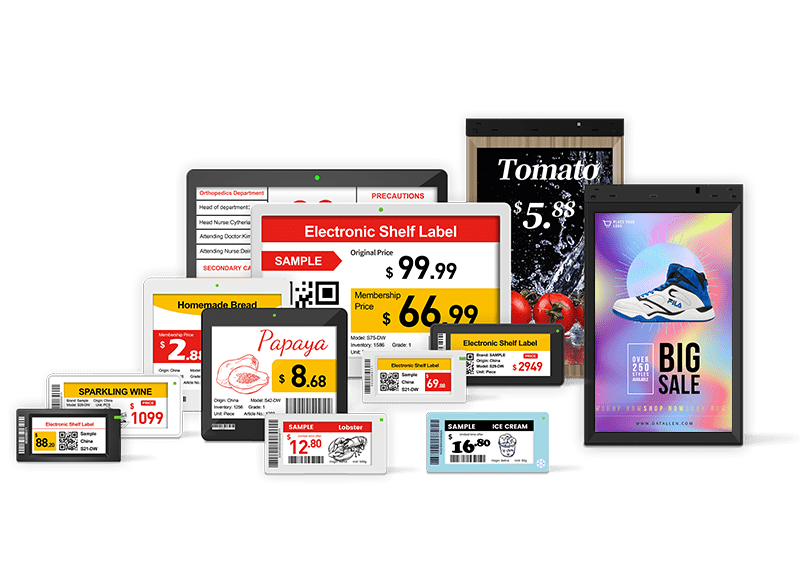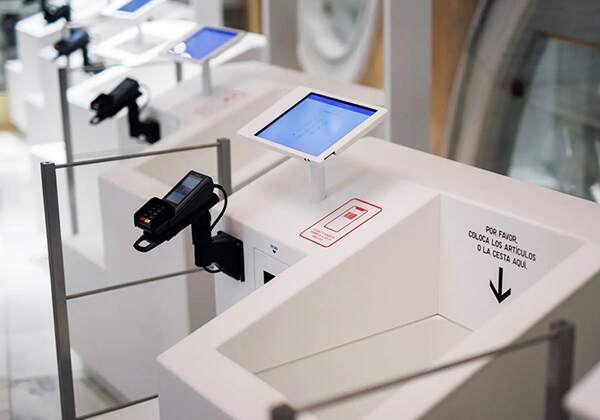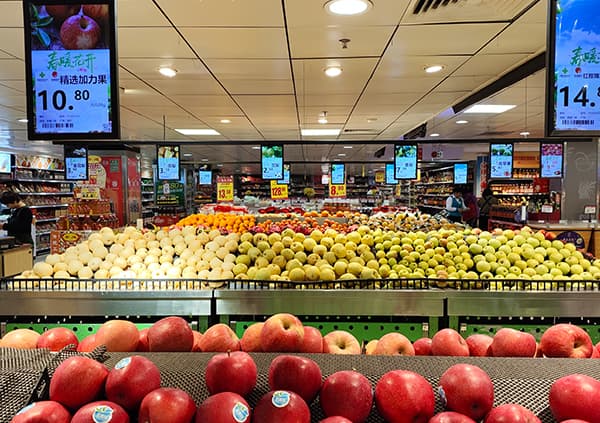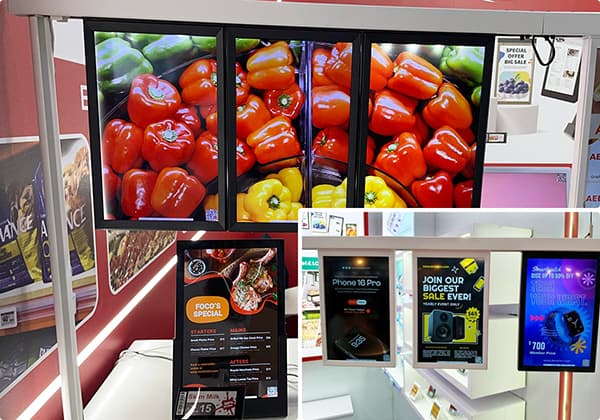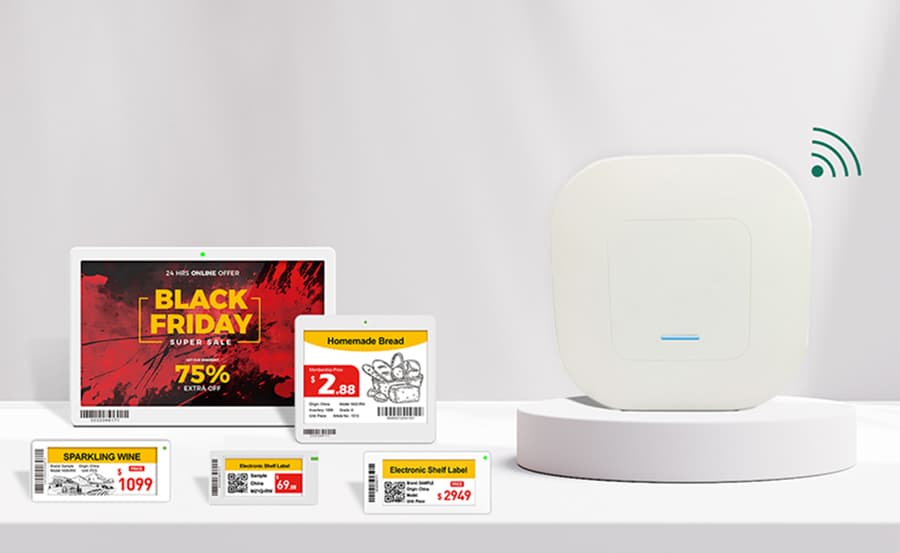By 2025, retailers who master the art of digital-first, personalized engagement are projected to achieve up to 30% higher customer retention and 25% increased average order values.
Modern consumers no longer view shopping as merely purchasing goods—they expect interactive, valuable experiences that blend seamlessly between digital and physical realms. This transformation demands that retailers rethink their approach to customer engagement strategies, moving beyond traditional methods to create genuine connections that drive both loyalty and revenue.
Why Real-Time Personalization Matters in Today's Retail Environment
Today's shoppers expect retailers to recognize them instantly and adapt to their needs in real-time. They want recommendations that reflect their purchase history, browsing behavior, location, current promotions, and even contextual signals like time of day or seasonality. This isn't just about increasing basket size—it's about making the shopper feel understood and valued, which strengthens loyalty significantly.
Real-time personalization depends on fast, accurate insights. If a shopper browses winter coats, a retailer must immediately adapt product displays, promotions, and communications to match this interest. During high-demand periods like Black Friday or back-to-school season, the ability to process millions of interactions per second and adjust recommendations dynamically becomes a competitive necessity.
The power of real-time personalization extends across all touchpoints:
- Website & mobile app experiences that change based on user behavior
- Personalized email campaigns triggered by specific actions
- In-store digital signage that adapts to store traffic and demographics
- Dynamic pricing that reflects demand, inventory levels, and individual customer value

Types of Customer Engagement Strategies in Modern Retail
Successful retailers implement multiple engagement approaches to connect with diverse customer segments:
Transactional Engagement
This traditional approach focuses on purchase-related interactions:
- Strategic pricing and promotions
- Loyalty and rewards programs
- Volume-based discounts and bundle offers
While necessary, transactional engagement alone is insufficient for building lasting relationships.
Emotional Engagement
Creating deeper connections through:
- Personalized recommendations based on purchase history and preferences
- Exclusive member communities and early access to products
- Birthday rewards and milestone celebrations
- Shared value initiatives (sustainability, community support)
Digital Engagement
Leveraging technology to enhance experiences:
- Mobile applications with personalized features
- Electronic Shelf Labels that provide dynamic pricing and product information
- In-store digital signage for immersive brand storytelling
- AR/VR experiences that bridge physical and digital shopping
Experiential Engagement
Creating memorable shopping experiences:
- Immersive in-store environments with interactive displays
- Workshops and product demonstration sessions
- Customization stations for personalized products
- Events that transform shopping from transaction to entertainment

The 6 Key Elements of Successful Customer Engagement
Based on analysis of successful retail programs, effective engagement strategies consistently incorporate six essential elements:
1. Trust
Building confidence through transparency, reliability, and data security. Customers must trust that their information is safe and that promises will be delivered.
2. Personalization
Moving beyond basic name recognition to deliver truly relevant experiences based on individual preferences, behaviors, and context.
3. Convenience
Reducing friction at every touchpoint, making interactions effortless whether online, in-app, or in-store.
4. Interactivity
Creating two-way communication channels that allow customers to actively participate rather than passively receive messages.
5. Consistency
Delivering unified experiences across all channels—what customers see online should match what they experience in-store.
6. Emotional Connection
Forging bonds through shared values, compelling storytelling, and memorable experiences that transcend transactions.
Datallen has developed integrated ESL and digital signage systems that support these elements by providing accurate real-time information, personalized promotions, and seamless omnichannel experiences that build trust through transparency.
Innovative Customer Engagement Strategy Examples from Leading Retailers
Case Study 1: Yonghui Superstores' ESL Implementation
Yonghui Superstores, a leading Chinese supermarket chain, implemented electronic shelf labels to address challenges of high labor costs and increasing customer experience demands. By deploying ESLs across their stores, they achieved:
- 35% improvement in operational efficiency for price changes
- 50% reduction in TCO (Total Cost of Ownership) through converged network deployment
- Enhanced customer satisfaction through accurate pricing and detailed product information
The implementation allowed store staff to focus more on customer service rather than administrative tasks, directly improving the shopping experience while reducing costs.
Case Study 2: Nike's Hyper-Personalized Ecosystem
Nike has created one of the most sophisticated customer engagement retail ecosystems through their NikePlus membership program. The system integrates:
- Product personalization (Nike By You customization)
- Activity tracking (Nike Run Club, Nike Training Club)
- Personalized content and coaching
- Member-exclusive products and experiences
- Seamless omnichannel experiences (reserve online, try in store)
This approach has helped Nike increase direct-to-consumer revenue from 25% to 35% of total revenue while building deeper customer relationships that extend beyond transactions into lifestyle partnerships.
Fun Customer Engagement Ideas That Drive Real Results
Beyond essential strategies, innovative retailers are implementing creative tactics that delight customers and generate buzz:
- AR Scavenger Hunts: Use augmented reality through mobile apps to create in-store scavenger hunts with discounts and prizes as rewards.
- Personalized Video Messages: Send customized video messages from store associates thanking loyal customers for purchases or celebrating milestones.
- Interactive Polls and Contests: Use digital signage and social media to let customers vote on new products, store layouts, or charity initiatives.
- Unexpected Delights: Randomly surprise customers with upgrades, gifts, or exclusive access—creating "happy surprises" that generate positive word-of-mouth.
- Behind-the-Scenes Content: Share stories about product creation, employee spotlights, or sustainability efforts to build emotional connections.
- Skill-Sharing Workshops: Host in-store or virtual workshops where customers can learn new skills related to your products, building community and expertise.
Measuring and Optimizing Your Retail Customer Engagement Strategies
Implementing engagement strategies is only half the battle—measuring their effectiveness is crucial for continuous improvement. Key performance indicators for retail consumer engagement include:
- Customer Lifetime Value (CLV): The total revenue you can expect from a customer throughout their relationship with your brand
- Repeat Purchase Rate: The percentage of customers who make more than one purchase
- Engagement Rate: Metrics around email open rates, app usage, and social media interactions
- Net Promoter Score (NPS): Measures customer willingness to recommend your brand to others
- Customer Satisfaction (CSAT): Short-term satisfaction with specific interactions or experiences
- Employee Engagement: Happy employees create better customer experiences—measure this too!
Research shows that companies that successfully measure customer engagement see 2.5 times higher revenue growth compared to those that don't measure effectively.
Challenges and Solutions in Implementing Customer Engagement Strategies
Data Management and Privacy Concerns
Data Integration and Security
Many retailers struggle with fragmented data across multiple systems. The solution lies in implementing integrated platforms that unify customer data while maintaining robust security measures. Companies should prioritize cloud-based solutions with encryption and regular security audits.
Compliance and Privacy Protection
With regulations like GDPR and CCPA, compliance is non-negotiable. Retailers must be transparent about data collection and usage, providing clear opt-in mechanisms and easy preference management. Building trust through ethical data handling becomes a competitive advantage.
Technology Implementation and Costs
Technology Selection and Implementation Complexity
Choosing the right technology stack can be overwhelming. Start with a clear strategy aligned with business objectives rather than chasing the latest trends. Pilot programs with vendors like Datallen can help test solutions before full-scale implementation.
Cost-Benefit Analysis
While technologies like ESL systems require upfront investment, a thorough ROI analysis should consider both direct savings (labor costs, reduced errors) and indirect benefits (increased sales, improved customer loyalty). Many solutions achieve payback within 12-18 months.
Employee Training and Adoption
Training Requirements
New technologies require new skills. Develop comprehensive training programs that address both technical aspects and the underlying customer service philosophy. Cross-functional training ensures staff understand how their role contributes to the overall customer experience.
Increasing Employee Buy-in
Involve employees early in the process, soliciting their input and addressing concerns. Create incentive programs that reward successful adoption and highlight how new tools make their jobs easier and more fulfilling.
Q&A: Addressing Common Customer Engagement Questions
Q: What's the difference between customer engagement and customer service?
A: Customer service is typically reactive—responding to customer inquiries and resolving issues. Customer engagement is proactive—creating ongoing interactions and relationships that build loyalty before, during, and after transactions. While customer service handles problems, engagement creates positive experiences that prevent problems from occurring.
Q: How should engagement strategies differ between small supermarkets and large superstores?
A: Small supermarkets should focus on hyper-local personalization, knowing customers by name and preferences, and community involvement. Large superstores can leverage technology for personalization at scale, using data analytics to segment customers and deliver targeted experiences. Both should prioritize genuine human connections, but through appropriately scaled methods.
Q: Is engagement just about customer service?
A: No. While customer service is an important component, engagement encompasses all touchpoints across the customer journey—from marketing communications to product experience to post-purchase follow-up. It's the holistic approach to building relationships rather than just solving immediate needs.
Conclusion: Transforming Retail Through Strategic Engagement
Effective retail customer engagement in 2025 requires a strategic blend of high-tech solutions and high-touch experiences. By combining AI-powered personalization, immersive technologies like electronic shelf labels and digital signage, and a relentless focus on customer needs, retailers can create compelling experiences that drive loyalty and growth.
The most successful strategies view technology not as an end in itself, but as an enabler of more meaningful human connections. As you develop your engagement roadmap, focus on:
- Starting with customer needs rather than technological capabilities
- Creating seamless experiences across physical and digital channels
- Leveraging data ethically to deliver genuine value
- Empowering employees to enhance customer experiences
- Measuring what matters and continuously optimizing
The future of retail belongs to those who engage customers not as transactions, but as partners in a shared journey. By implementing the strategies outlined in this guide, you'll build the lasting relationships that drive sustainable business success in the years ahead.
For more insights, check out:
1. How to Create Effective Retail Store Advertising?
2. Pricing Intelligence for Retailers: Strategies, Tools, and Real-World Applications
3. The Importance of Digital Transformation in the Retail Industry
4. Retail’s Paperless Shift- Key Technologies Driving Green Retailing
5. How to Start a Convenience Store and Cut Costs with Digital Price Displays

